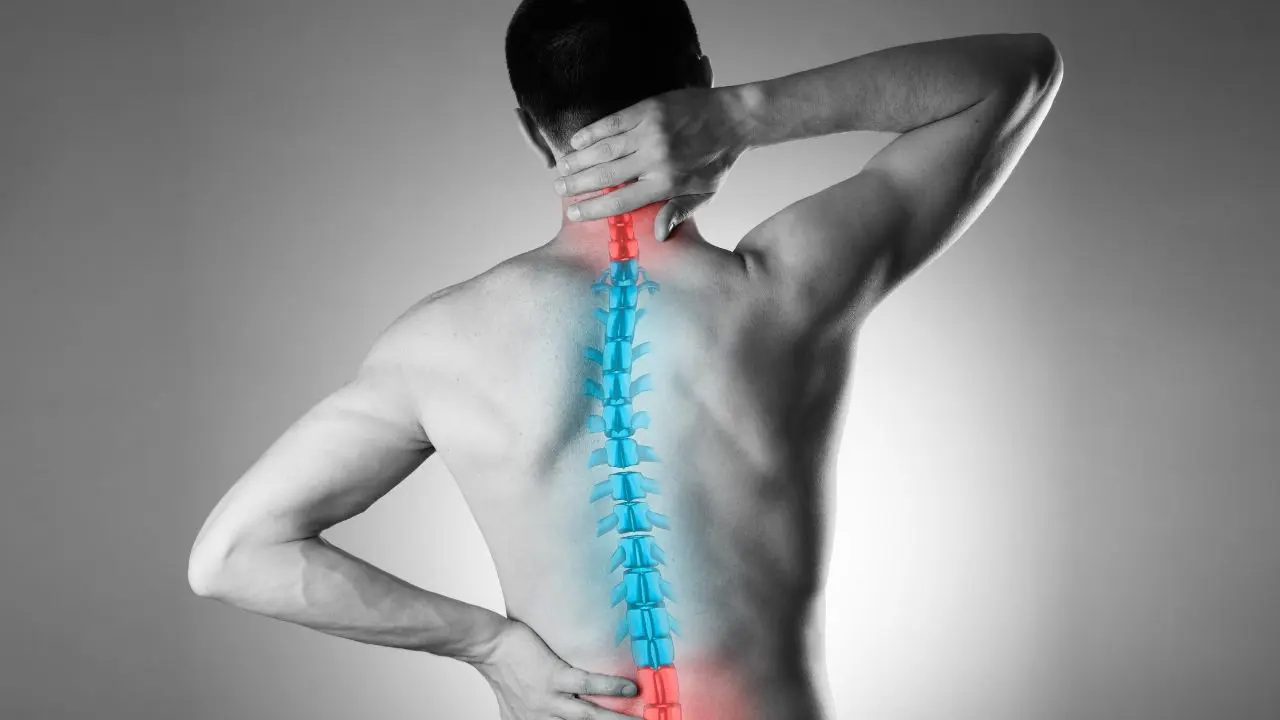
Scoliosis surgery is a surgical procedure performed to correct abnormal curvature of the spine caused by scoliosis. Scoliosis is a condition characterized by an abnormal sideways curvature of the spine, often in an "S" or "C" shape, which can lead to deformity, pain, and functional limitations. While many cases of scoliosis can be managed with conservative treatments such as bracing and physical therapy, surgery may be recommended for severe or progressive curvature that does not respond to nonsurgical interventions.

Here is an overview of scoliosis surgery
Preoperative Evaluation: Before surgery, the patient undergoes a thorough medical evaluation, including physical examinations, imaging tests (such as X-rays, MRI, or CT scans), and pulmonary function tests to assess overall health and determine the severity and location of the spinal curvature.
Surgical Procedure: Scoliosis surgery is typically performed under general anesthesia and may involve various surgical techniques depending on the type and severity of scoliosis. Common surgical approaches include:
- Posterior Spinal Fusion: The most common surgical procedure for scoliosis, involving the insertion of metal rods, screws, and/or hooks along the curved portion of the spine to straighten and stabilize the spine. Bone graft material is often used to promote fusion of the vertebrae over time.
- Anterior Spinal Fusion: In some cases, particularly when the curvature is located in the thoracic spine, an anterior approach may be used to access the spine from the front of the body. This approach allows for correction of the curvature and fusion of the vertebrae.
- Thoracoscopic Surgery: A minimally invasive surgical approach that involves small incisions and the use of specialized instruments and a camera to perform spinal fusion. This technique may result in less postoperative pain and faster recovery compared to traditional open surgery.
Recovery and Rehabilitation: After surgery, the patient is monitored in the recovery room before being transferred to a hospital room. Physical therapy and rehabilitation begin soon after surgery to help restore strength, mobility, and function. Patients may need to wear a brace or back support during the initial stages of recovery to support the spine as it heals.
Postoperative Care: Following scoliosis surgery, patients are advised to follow specific postoperative instructions provided by their healthcare team. This may include pain management techniques, medication regimen, wound care, and activity restrictions to protect the spine during the healing process.
Long-term Follow-up: Regular follow-up appointments with the orthopedic surgeon are scheduled to monitor the healing process, assess spinal alignment, and address any concerns or complications that may arise. With proper care and rehabilitation, most patients experience significant improvement in spinal alignment and function following scoliosis surgery.
Scoliosis surgery is considered a major surgical procedure and carries risks and potential complications, including infection, bleeding, nerve injury, spinal cord injury, and failure of spinal fusion. However, for many individuals with severe or progressive scoliosis, surgery can effectively correct spinal curvature, alleviate symptoms, and improve quality of life. It's essential for patients to discuss the benefits, risks, and expectations of scoliosis surgery with their healthcare provider to make informed decisions about their treatment options.
What is the prevalence of scoliosis?
Scoliosis affects 2 - 3 percent of the population. However, the primary age of onset for scoliosis is 10-15 years old, occurring equally among both genders. Females are eight times more likely to progress to a curve magnitude that requires treatment.
What are the causes for scoliosis?
Scoliosis can be classified by etiology: idiopathic, congenital or neuromuscular. Idiopathic scoliosis is the diagnosis when all other causes are excluded and comprises about 80 percent of all cases. Adolescent idiopathic scoliosis is the most common type of scoliosis and is usually diagnosed during puberty. Congenital scoliosis results from embryological malformation of one or more vertebrae and may occur in any location of the spine. These abnormalities are present at birth, congenital scoliosis is usually detected at a younger age than idiopathic scoliosis. Neuromuscular scoliosis encompasses scoliosis that is secondary to neurological or muscular diseases. This includes scoliosis associated with cerebral palsy, spinal cord trauma, muscular dystrophy, spinal muscular atrophy and spina bifida. This type of scoliosis generally progresses more rapidly than idiopathic scoliosis and often requires surgical treatment.
